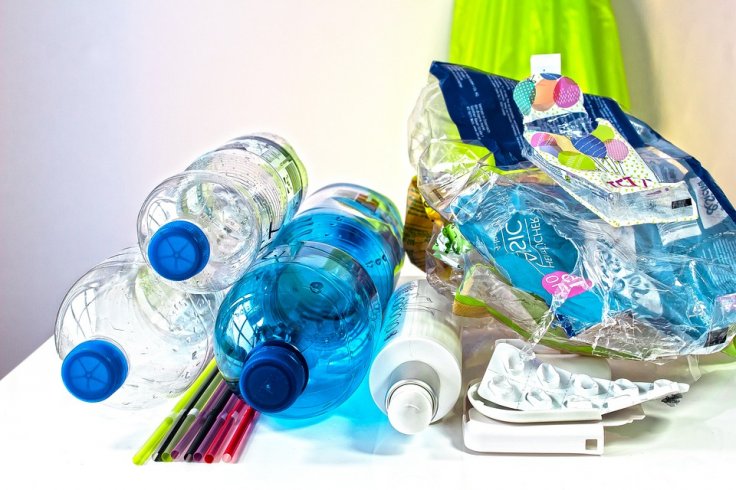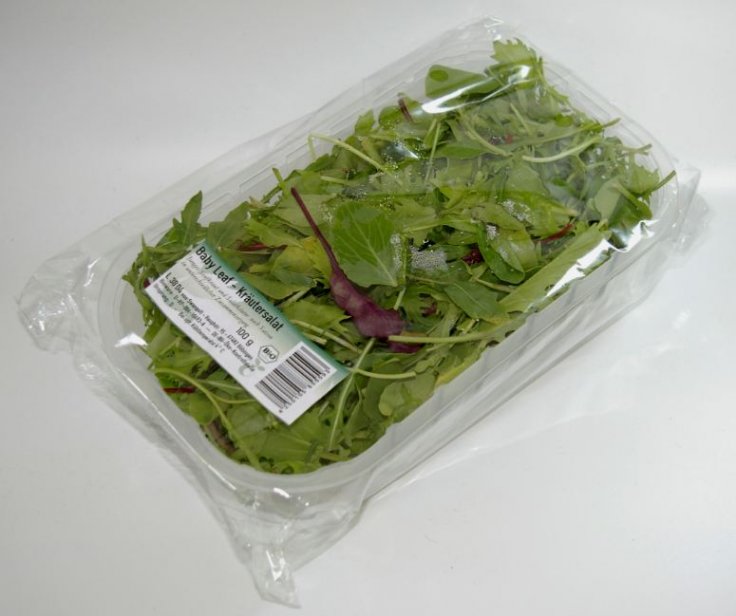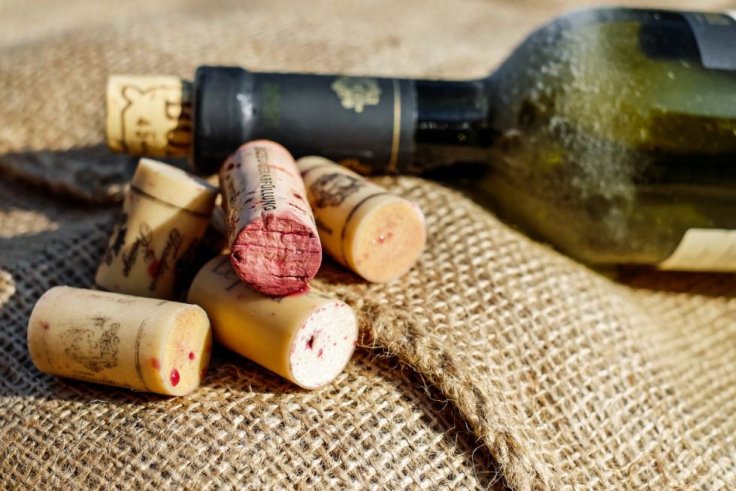Plastics are one of the biggest contributors to environmental pollution. Not only is their production unsustainable, but they can also take hundreds of years to degrade and the presence of toxic substances in them leads to undesirable consequences when ingested. Bioplastics have been touted as ideal replacements for plastic. However, a new study states that they can be as toxic as conventional plastics.
According to the study by an international team of researchers, the toxicity of bioplastics was as lethal as traditional plastics, and the so-called 'safer' raw materials used to make them contained chemicals in them that are as dangerous as those found in regular plastic. 80 percent of analyzed products were found to contain 1000 different chemicals "Bio-based and biodegradable plastic are not any safer than other plastics," said Lisa Zimmermann, lead author of the study, in a statement.
Plastics vs. Bioplastics

Plastics are made using different kinds of synthetic or partially synthetic organic compounds such as Polyvinyl chloride (PVC) and other polymers that are usually derived from petroleum chemicals. They are stubbornly less biodegradable and release toxic chemicals when exposed to heat or burnt. Thereby, they contribute to various forms of pollution.
On the other hand, bioplastics are manufactured using natural organic compounds such as plant cellulose and recycled materials. Some of the most popular bioorganic raw materials used to make these plastics are recycled food waste, vegetable fats and oils, sawdust, and cornstarch, among others. Bioplastics are considered environment-friendly and an ideal surrogate for plastics. However, Zimmermann stated that this may not be the case.
Evaluating the Safety of Bioplastics
For the study, the scientists conducted the largest survey known of chemicals present in plastics and bioplastics manufactured from plant-based materials. They sought out toxic substances in these plastics. The substances were considered toxic if they directly affected cells under laboratory conditions, or if they behaved as hormones that affected the balance of the body.

About 43 diverse everyday plastic products were investigated in the study. These included drink bottles, disposable cutlery, wine corks, and chocolate packaging paper, among others. The samples extracted from these products were characterized through in vitro bioassays and non-target high-resolution mass spectrometry.
Not As Safe As Believed to Be
Zimmermann declared that the plastics made out of starch and cellulose held the most amount of chemicals. Under laboratory conditions, they were found to initiate powerful toxic reactions. "Three out of four of these plastic products contain substances that we know are dangerous under laboratory conditions, the same as for conventional plastic," said Martin Wagner, co-author of the study.
In the study, 41,395 chemical features (properties) were detected, with 186 to 20,965 features present in individual samples. Wagner announced that 80 percent of the products were found to contain over 1,000 different chemicals. Worrying, some of them contained as much as 20,000 chemicals.
Also identified were 343 priority compounds. These included plastic additives, lubricants, monomers, oligomers, and unintentionally added chemicals. The authors noted that the raw materials were not overly toxic themselves, but the additives during conversion to products increased the toxicity of the final product.

Need for Extensive Research
The authors, however, pointed out that keeping track of all the potentially harmful substances in a nearly uncountable number of materials was an impossible task. The complication arises from the fact that different products or even those that seem similar, have different chemical compositions. "Making general statements about certain materials becomes almost impossible," said Wagner.
According to the researchers, currently, the potential consequences that these materials may have on people's health and the environment are uncertain. The extent to which these substances can enter the human body is still unknown. Also, there are no viable alternatives to traditional plastics and bioplastics that are safe for human beings and the environment; which do not interfere with the biological processes and cause less pollution.









